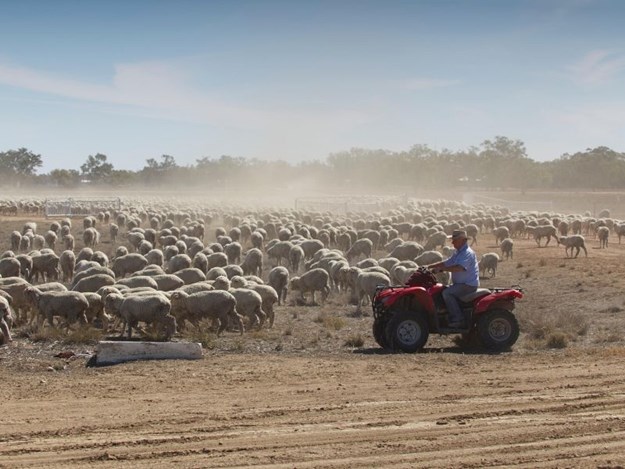Operator protection devices will be compulsory on all quad bikes sold in Australia by October 2021 under new regulations introduced by the Federal Government
 |
|
By 2020, all new and imported second-hand quad bikes and ATVs sol in Australia must be tested for stability. Image courtesy Alamy
|
The introduction of a new Consumer Goods standard on quad bikes, or all-terrain vehicles (ATVs) sold in Australia has been long-sought by Australian safety advocates.
It comes after a series of inquiries and public hearings held by the Australian Competition and Consumer Commission (ACCC) since March 2018 and calls for change from organisations including the National Farmers’ Federation (NFF), Cattle Council and the Country Women’s Association.
Government data shows an average of 16 people have died in a quad bike accident in Australia every year since 2011, while an estimated six people present to an emergency hospital department every day with some form of injury.
Around 15 per cent of all deaths in quad bike accidents involve children.
According to assistant treasurer Michael Sukkar, who launched the new standard in October, quad bikes are the leading cause of fatalities in Australia of all consumer products that aren’t regulated.
“This safety standard aims to address the high risk of rollovers, which is especially important for many of our farmers and their families who use these vehicles daily,” he says.
THIS TIME NEXT YEAR
While the standard was introduced on October 11, 2019, it will not take effect straight away. It will also not apply to second-hand quad bikes, other than those imported into Australia after the standard starts on October 11, 2020.
By 2020, all new and imported second-hand quad bikes and ATVs sold in Australia must be tested for stability – and must have a label showing the angle at which the ATV tips onto two wheels.
These labels must be displayed on a hang tag at the point of sale and should be generic in nature – so customers can use them to compare different models within quad bike categories.
A second rollover warning label will need to be fixed permanently to the vehicle, so it can be seen when in use, and similar information must be provided in any manual or owner’s handbook.
That label should outline when the risk of roller is increased and how best to handle the vehicle in those conditions.
The vehicles will also be required to meet US or European standards that cover the performance of components like brakes, suspension, throttle and clutch.
And finally, ATVs and quad bikes will also need to be equipped with a spark arrester that complies.
LOOKING TO 2021
October 11, 2021 is the day that operator protection devices (OPD), such as a Quadbar, an ATV Lifeguard or any rollbar that offers the same level of protection to operators, must be either fitted or fully integrated into its design.
Product Safety Australia says that OPDs are designed to hold the vehicle off the ground, helping to protect the rider from the risk of serious injury or fatality in the event of a rollover.
“At this stage, youth and sports quad bikes are not required to be fitted with an OPD due to the lack of testing of after-market OPDs designed for these categories,” the organisation says.
However, the ACCC is expected to work alongside Standards Australia to develop new specifications for rollbar safety.
General use quad bikes will also be required to meet minimum static stability requirements by 2021 – a minimum tilt table ratio of 0.55 for lateral roll stability and of 0.8 for front and rear longitudinal pitch stability.
Again, at this stage these requirements do not apply to youth, transition or sports quad bikes, due to a lack of research on design changes for these categories.
WHAT NOW?
Product Safety Australia advises that manufacturers, importers and distributors are responsible for making sure the products they pass on to dealers for resale are compliant with the standards.
That said, “If you have stock that does not comply with the safety standard when the requirements commence, you will not be able to sell that stock under the Australian Consumer Law,” it says.
The group also says that any supplier selling a quad bikes or ATV to a business must comply with the standards from October 11, 2020, or risk fines and penalties.
Product Safety Australia recommends consumers move to fit OPDs to their quad bikes now, noting that some workplaces may be entitled to a rebate in some states.


.jpg)